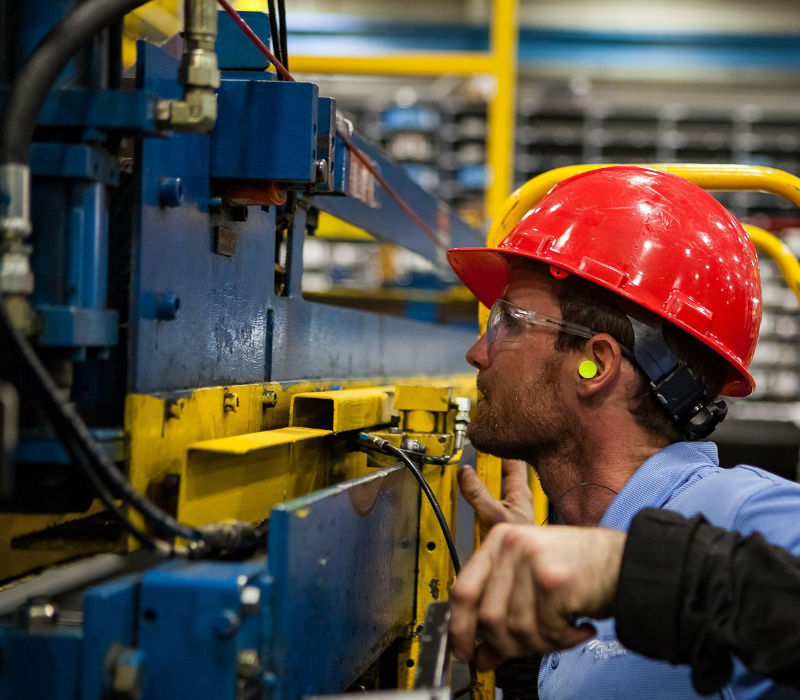Place of interchangeable products in industry

What is an interchangeable product? Interchangeable products in industry are commercial goods that can be used to replace a previously used product without any redesign or machine modification. They are identical to the original part in terms of size, function, fixing, input and output connections.
We have already seen this type of product in many places. The best example is in the food industry. Different supermarket chains market different products under their own brand names, which in many cases are even made in the same factory, perhaps on the same production line, but the packaging is different - one can be substituted for the other. We are already familiar with these products and surveys show that their consumption is growing. Not just because of price, but in many cases there is no real difference in quality.
Another example that most of us have probably come across before; driving. If a part needs to be replaced in your vehicle, there are many manufacturers who, in addition to the factory solution, offer a replacement for the first solution, which is designed to do the same job, in terms of its function (and, of course, its size and fixing due to its use). Probably none but the lowest grades require any modification and even those only because of inaccuracies of size. By default they just remove the faulty part and fit the other. If you choose one of these, you know what you are getting for your money. The cheapest products often don't give you the lifetime that the factory part offers, but in some cases it may still be worth installing them. As we move towards the middle to the end of the range, we are increasingly able to choose from reliable products of almost identical quality, one (or more) of which is likely to be exactly the same as the original, just not marketed under the brand name. The display of many people's favourite phones is made to order by another company, just like the chips or many other components. It is not manufactured by the manufacturer. Which major car manufacturer, for example, makes the oil or air filters used in their cars itself?
If you think about the above, you can see that this type of product has already established itself in many places, but in industry it works a little differently. It is often not clear which component is a substitute for which other. In most cases it will require at least a minimum of research, in some cases a little more and in many cases we will not succeed. While in the case of a notebook, we know what the aftermarket charger is for and what it is a replacement for, in the case of a roller or work roller from another manufacturer, we can find a roller with the exact same design and function from another manufacturer under a different model name - if we can find it at all. In this context, it is particularly characteristic that individual parts with the same function are not interchangeable, but more on that in a moment.
Today, in the face of inflationary pressures, runaway energy prices and various changes that are fundamentally and suddenly reshaping the economy, many people are increasingly looking for alternative solutions to reduce their manufacturing and maintenance costs, for which industrial replacement products from well-selected, reliable sources are an excellent option. Many people only come into contact with replacement products by chance at first - for example, due to supply shortages caused by parts shortages - but some are consciously seeking, or even commissioning, companies such as ourselves to find alternatives.
Unfortunately, in the industrial environment, it is very common that there is simply no substitute product on the market that can replace the type to be replaced on a 1:1 basis, for example because it is manufactured under a licence and is produced exclusively for the customer or because it is not produced and consumed in sufficient quantities to make it worthwhile to produce a replacement. Manufacturers are particularly careful to ensure that a product that performs the same function cannot be replaced by another product that performs the same function. In most cases, these are achieved by differences in size or shape, or by variations in fixing options - and their customer base is solved for many years to come.
